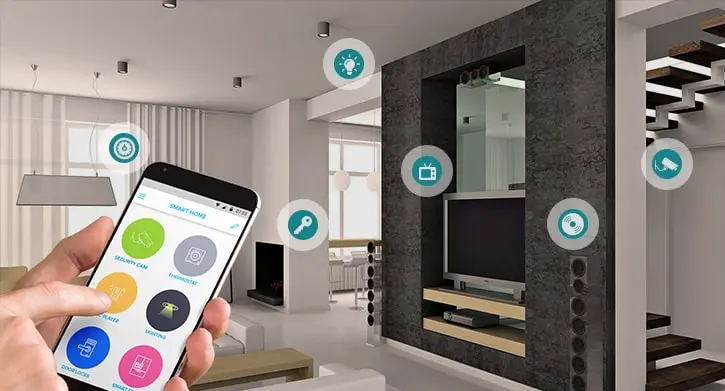Securing Your Space: Essential Ways to Keep Yourself Safe at Home
Subheading: Introduction to Home Safety
Your home should be a sanctuary where you feel safe and secure. However, ensuring your safety requires proactive measures to protect yourself and your loved ones from potential risks. From burglary to accidents, there are various threats that can compromise your safety at home. By implementing essential security measures, you can create a secure environment where you can thrive.
Subheading: Enhancing Physical Security
Physical security is the first line of defense against intruders and unauthorized access to your home. Start by ensuring that all entry points, including doors, windows, and garage doors, are equipped with sturdy locks. Consider installing deadbolts and reinforcing door frames to prevent forced entry. Additionally, invest in a reliable home security system with features such as motion sensors, door/window sensors, and surveillance cameras to deter potential intruders and alert you to any suspicious activity.
Subheading: Illuminating Your Property
Proper lighting plays a crucial role in deterring burglars and enhancing overall security around your home. Install outdoor lighting fixtures, such as motion-activated lights, along pathways, entry points, and dark corners to illuminate your property and eliminate hiding spots for intruders. Additionally, consider installing timer-controlled lights inside your home to create the illusion of occupancy when you’re away, further discouraging would-be intruders.
Subheading: Establishing Secure Perimeters
Creating secure perimeters around your home is essential for preventing unauthorized access and protecting your property. Consider installing fencing or hedges around your yard to define boundaries and deter intruders. Make sure gates are equipped with sturdy locks and consider adding additional security measures such as gate alarms or surveillance cameras to monitor activity around entry points.
Subheading: Fire Safety Measures
In addition to external threats, it’s crucial to be prepared for potential hazards within your home, such as fires. Install smoke detectors on every level of your home and test them regularly to ensure they’re functioning correctly. Develop a fire escape plan with designated escape routes and practice drills with your family to ensure everyone knows what to do in the event of a fire. Additionally, consider installing fire extinguishers in key areas of your home and familiarize yourself with how to use them effectively.
Subheading: Preventing Accidents and Injuries
Accidents can happen anywhere, including in the safety of your own home. Take proactive steps to minimize the risk of accidents and injuries by implementing safety measures such as securing loose rugs and electrical cords to prevent tripping hazards, installing handrails on staircases to prevent falls, and using non-slip mats in bathrooms and kitchens to reduce the risk of slips and falls. Additionally, keep potentially hazardous items such as cleaning chemicals, sharp objects, and medications out of reach of children and pets.
Subheading: Home Security During Absences
When you’re away from home for an extended period, it’s essential to take extra precautions to ensure the security of your property. Arrange for a trusted neighbor or friend to collect mail, newspapers, and packages, and consider investing in timers for lights and electronic devices to create the appearance of occupancy. Additionally, avoid sharing details of your travel plans on social media, as this can alert potential burglars to the fact that your home is unoccupied.
Subheading: Conclusion:
In conclusion, creating a secure environment at home requires a combination of physical security measures, fire safety precautions, accident prevention strategies, and vigilance. By implementing these essential security measures and remaining vigilant, you can create a safe and secure space where you can enjoy peace of mind and focus on the things that matter most. Read more about ways of keeping yourself safe at home











